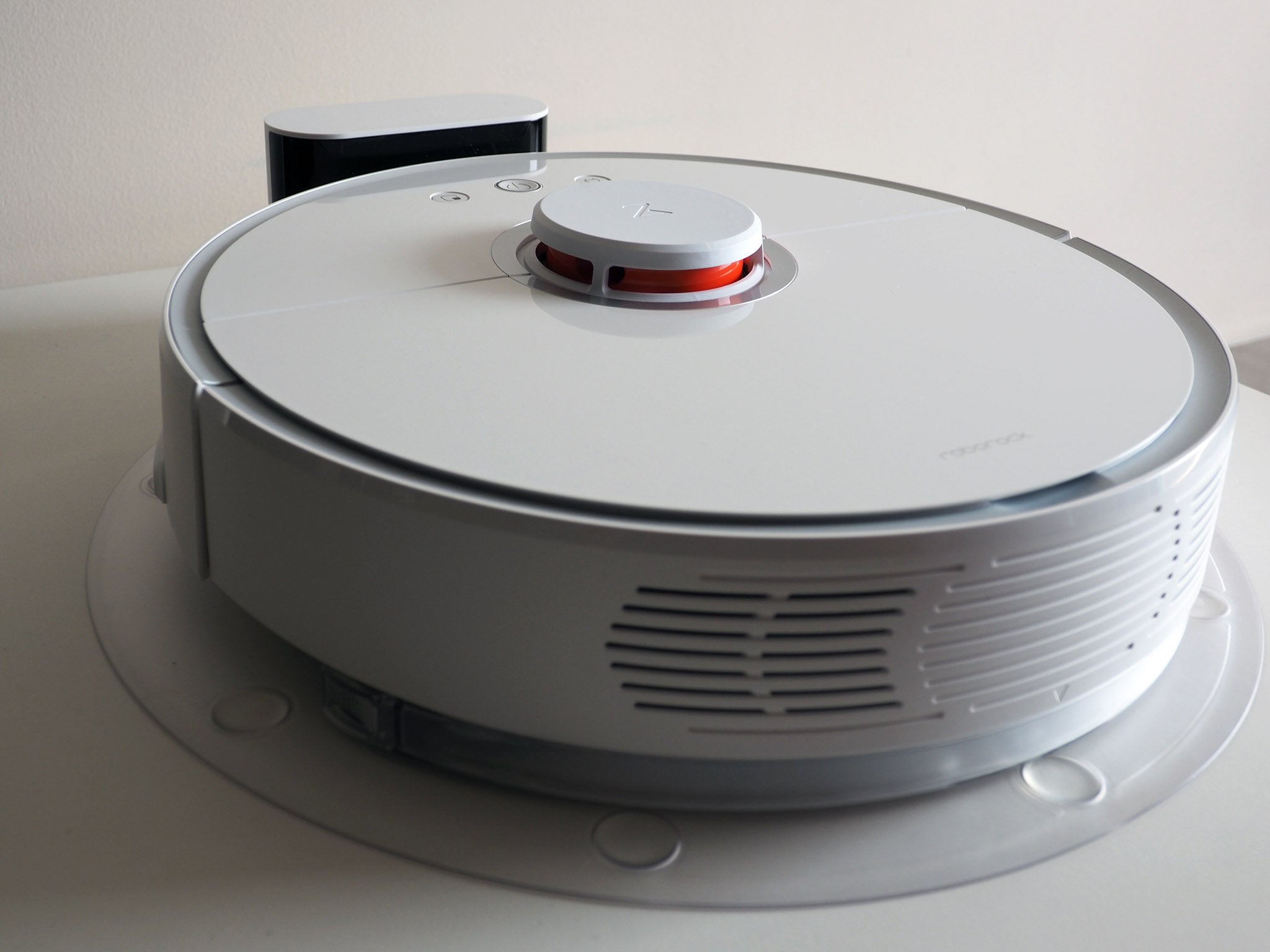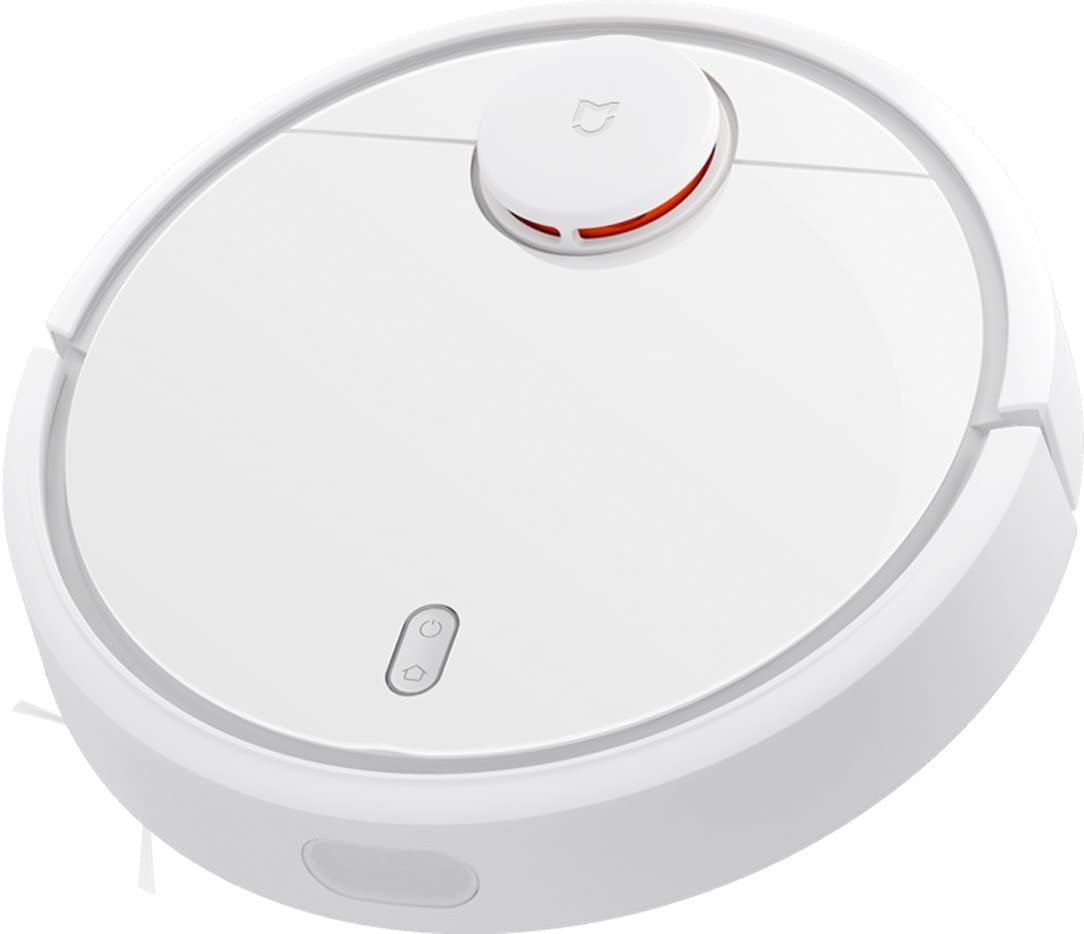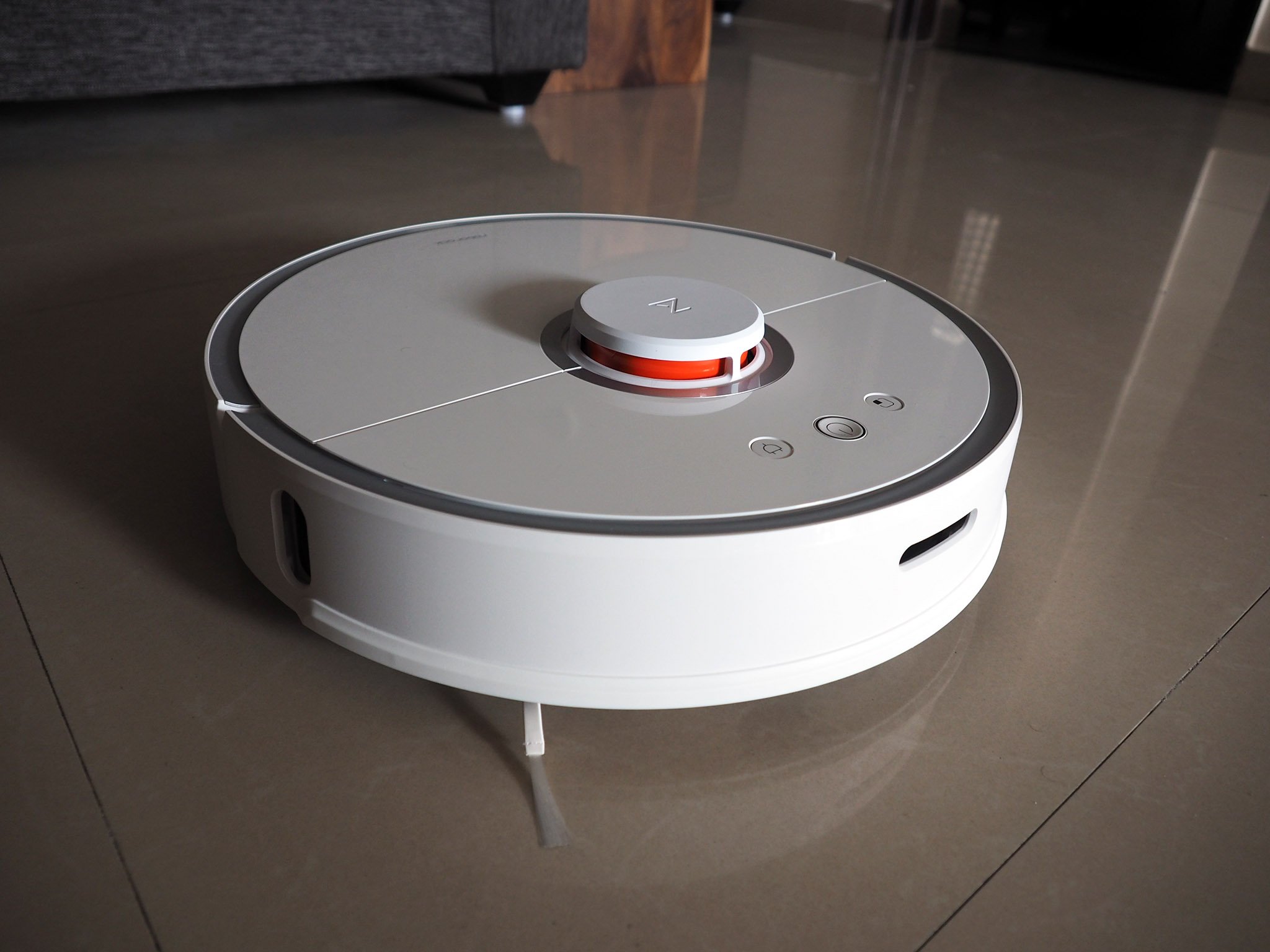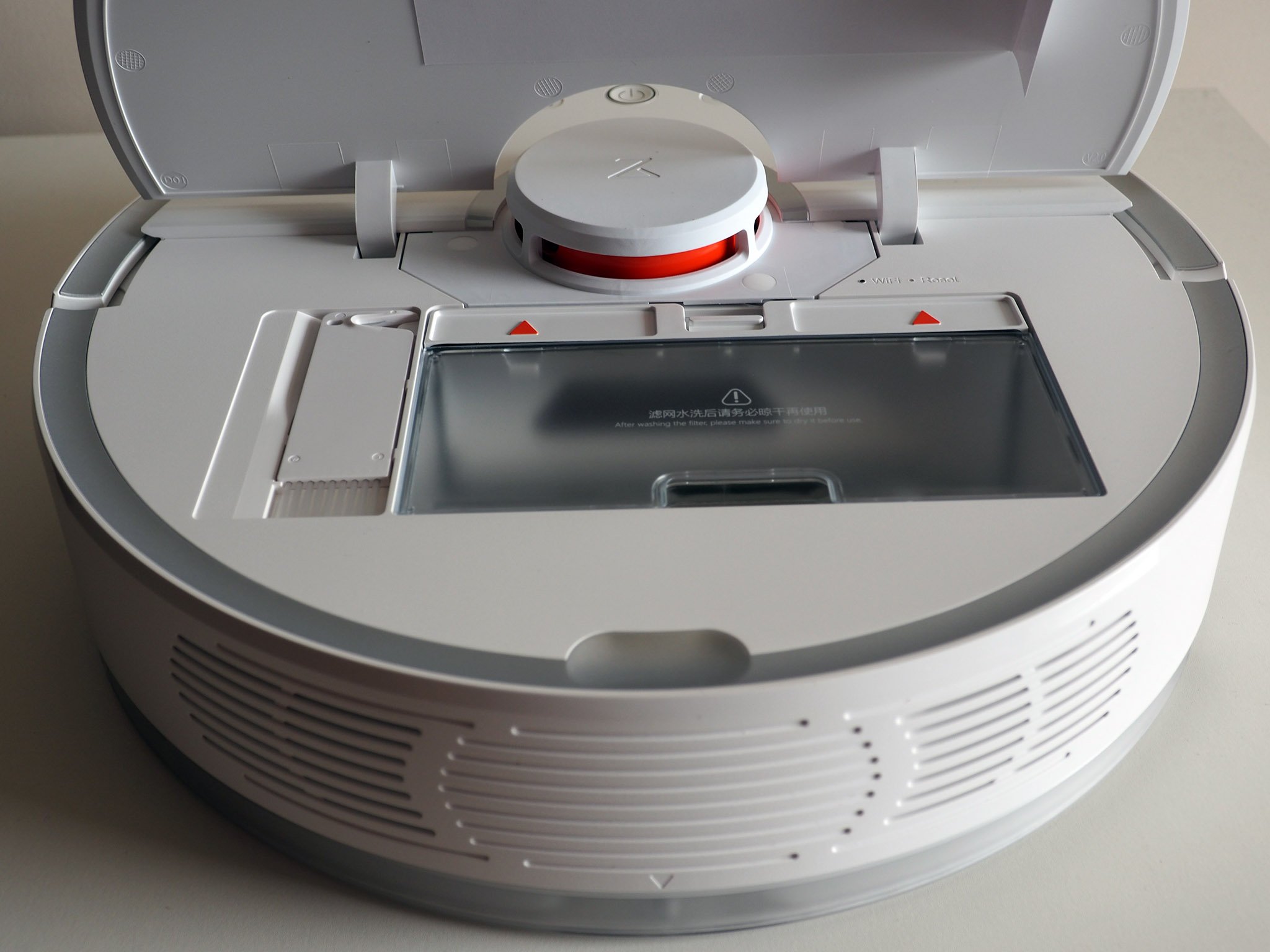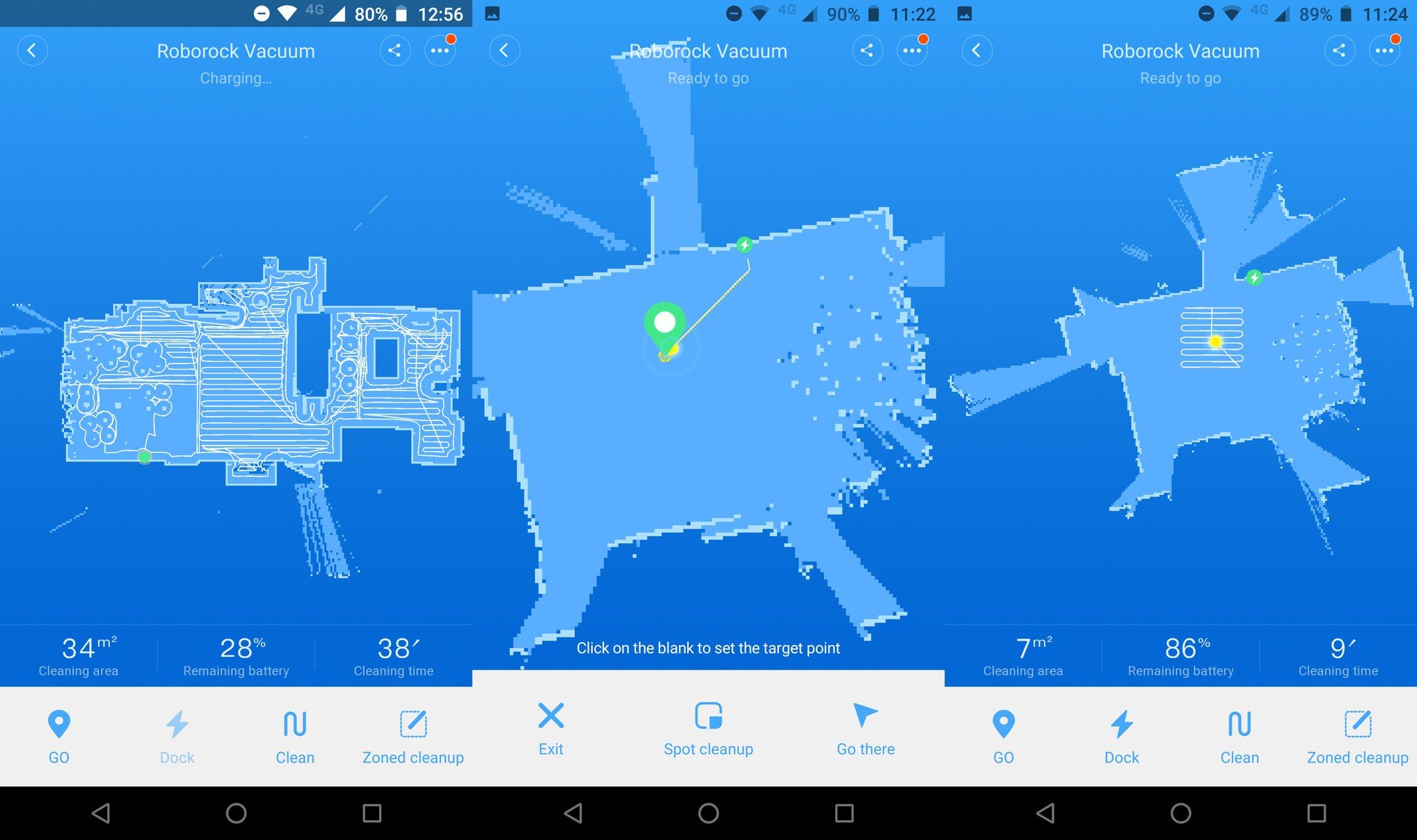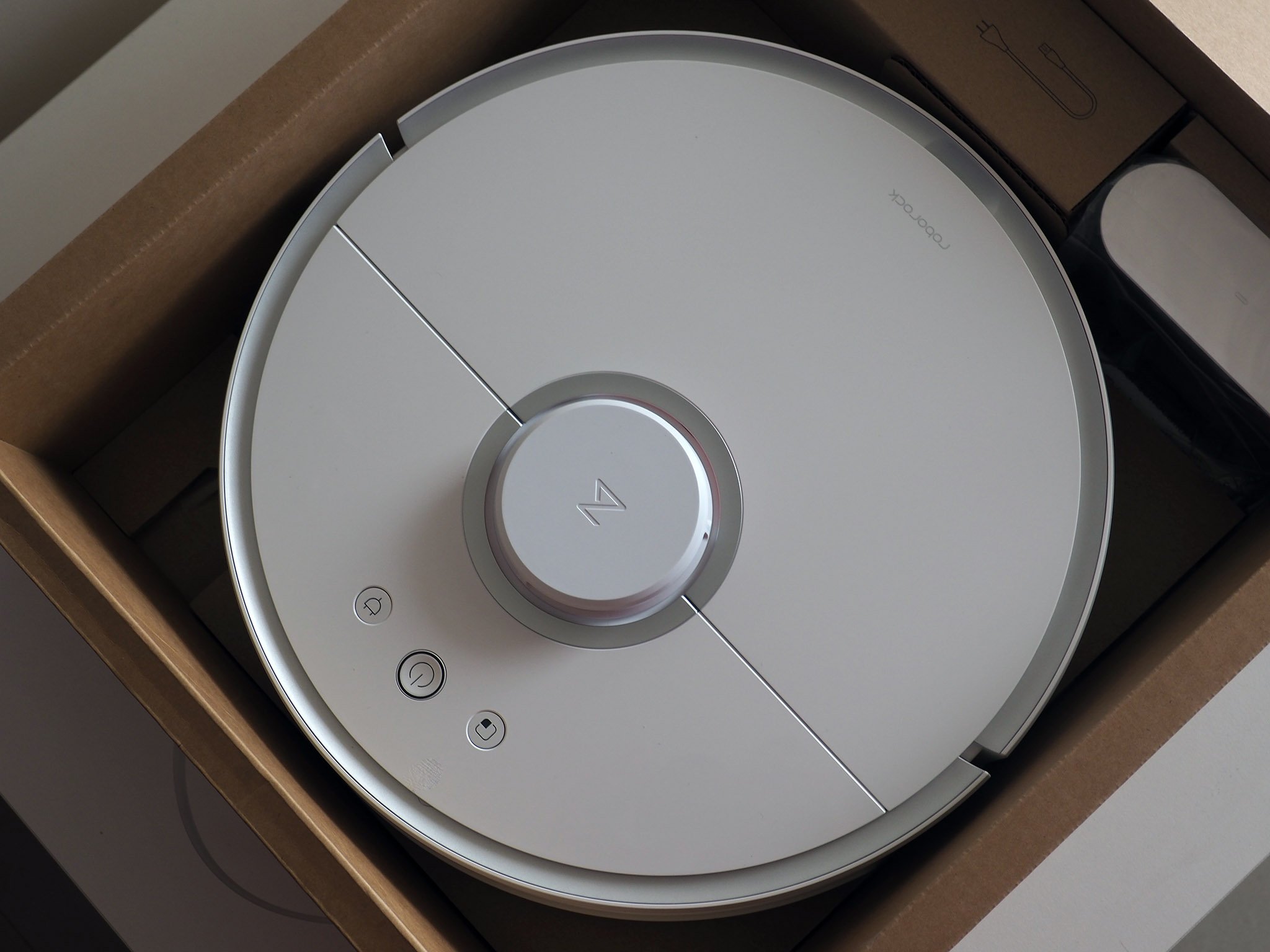Xiaomi's robot vacuum is bigger and better than before.
The Mi Robot Vacuum Cleaner is one of Xiaomi's best ecosystem products, and with this model, Xiaomi is rolling out a few upgrades, including a wet clean option. If you haven't heard of the Mi Robot Vacuum Cleaner, a quick refresher: under the Mi Ecosystem label, Xiaomi partners with Chinese hardware vendors to release lifestyle and smart home products, and the robot vacuum cleaner falls under this category.
The robot is manufactured by Roborock, one of Xiaomi's hardware partners, and while the first-gen model featured the Mijia label (a Xiaomi sub-brand that caters to the smart home segment), this version of the Mi Robot Vacuum Cleaner comes with Roborock branding or Mi branding in select markets like India. The goal is to give more prominence to the ecosystem partners, and aside from the label change, there aren't any differences in build quality or features. If anything, the Mi Robot Vacuum Cleaner feels more robust.
At a glance
Xiaomi Mi Robot Vacuum Cleaner
Bottom line: The Mi Robot Vacuum Cleaner is one of the best options in this category, offering wet and dry cleaning options and a powerful 2100Pa motor. The vacuum relies on 12 sensors and intelligent routing algorithms to chart a course around your house, and you can monitor its progress in real-time and set schedules with the Mi Home app.
Pros
- Excellent cleaning performance
- Wet and dry cleaning modes
- Powerful 2100Pa suction motor
- Intelligent LIDAR navigation
- Works with Mi Home app
Cons
- Limited battery in select regions
$399 at Gearbest ₹17,999 at Xiaomi
Xiaomi Mi Robot Vacuum Cleaner Design and operation
The Mi Robot Vacuum Cleaner shares the same design aesthetic as the first-gen model — there are a lot of white elements interlaced with grey — but there are a few changes in the layout. The biggest change is that it now has a mop function, allowing the robot to perform a dry and wet clean in one go.
The manual gives you a breakdown of all the vacuum's features, and the default language is set to English out of the box, so you don't have to rely on Google Translate to decipher what the vacuum is saying.
The front houses the water tank and mop, and the brushes for the dry clean are located at the back. There are two speakers up front, and the dust collection tray, as well as Wi-Fi reset buttons, are located underneath the lid. The dry clean option is unchanged from the first-gen Mi Robot — there's a rotating brush on the right side that siphons particles into the path of the robot, and there's a circular brush underneath the vacuum that does a great job of sucking in dirt.
There are two wheels on either side, and a smaller balancing wheel at the back that sits in between the charging pins. The robot now has a 2cm obstacle clearance, so it manages to go over rugs and other indents on the floor without any issues. And talking about charging, the charger base is significantly smaller than last time. And because there's a mop feature, you get a pad that prevents the vacuum from streaking wooden floors when it's charging.
As the front section houses a mop, the vacuum goes back-to-front when cleaning, allowing it to do a dry clean and follow it up with the mop. It still follows a grid-based cleaning system, dividing a particular room into zones and going back and forth to cover the entire space.
The Mi Robot Vacuum Cleaner features a powerful motor and an excellent routing algorithm.
The first-gen model had a 1800Pa motor, and this version of the Mi Robot Vacuum Cleaner comes with an even more powerful 2100Pa motor. There's also a carpet mode in which it will increase suction if it recognizes a carpet. The default cleaning mode is set to Balanced, but this can be changed to Quiet, Turbo, or Max by heading into the robot's settings on the Mi Home app. You can also select a spot cleaning mode by hitting the button on the unit or from Mi Home, and the vacuum will start cleaning that particular zone.
All you need to do to start the cleaning process is press the power button at the top, and the robot kicks into action. The Mi Robot has a total of 12 sensors that allow it to create a virtual map of your house, and the vacuum starts off by identifying the boundaries. There's a laser edge sensor that lets the robot maintain proximity (10mm) to a wall, and the 2mm rubber bumper ensures the vacuum doesn't get damaged when it does manage to hit something.
The routing algorithm has gotten much better from the first-gen model, thanks to a new laser distance sensor. The vacuum has a 5200mAh battery that's good for about 45 minutes of cleaning time, and if it runs out of charge midway, it automatically returns to the charging dock to recharge. It picks up from where it left off once it's fully charged.
Xiaomi is selling a variant of this model in India that comes with a smaller 3200mAh battery, so that model may have more limited range.
Xiaomi Mi Robot Vacuum Cleaner Monitoring and usage statistics
You don't necessarily need to use the Mi Home app to monitor the Mi Robot Vacuum Cleaner. You can start the cleaning by hitting the power button, and the robot does the rest by itself. But if you want to take a look at the vacuum's cleaning route in real-time or get a detailed view of the cleaning statistics and remaining charge level, then Mi Home comes in handy.
You can easily connect the Mi Robot Vacuum Cleaner to Mi Home after downloading the app. The vacuum has built-in Wi-Fi, and it's fairly straightforward to hook it up to Mi Home. Just install the app and log in with a Mi account, and you should see the Mi Robot shortly after the app loads. You can then connect the robot to your home's Wi-Fi network (it works over 2.4GHz), and once it's paired with Mi Home, you can access its full list of features.
From within the Mi Home app, you'll be able to view the virtual map that the vacuum "sees," and take a look at the cleaning area and the time it took the robot to clean a particular room. A cool new feature is the ability to put a marker anywhere in the house and direct the robot to clean that spot.
Mi Home lets you set a Do Not Disturb schedule for the robot, which essentially shuts down the vacuum for that predetermined time. There's also the ability to change the volume level, install new language packs, set automated cleaning schedules, view the cleaning history, and get details on maintenance. The main filter and brush are washable, so you won't have to change them anytime soon. The filter is usually good for about 150 hours of cleaning time, and the brushes need to be changed after 300 hours.
You can also change the cleaning mode from within Mi Home. If you're changing the cleaning mode from the default to either Turbo or Max, note that the robot will make significantly more noise. Particularly in Max mode, it feels like there's a whirlwind in your house.
Xiaomi Mi Robot Vacuum Cleaner Should you buy it?
Overall, the Mi Robot Vacuum Cleaner is one of the best robot vacuums you can buy today, and the combination of features combined with real-time monitoring makes it a great choice. The laser sensor does a fantastic job routing around objects in your house, and once it creates a 3D virtual map, it will use that for future cleaning runs.
The fact that you also get a wet clean option makes it that much more enticing, and the ability to set schedules and see the vacuum's progress in real-time means you get more control.
The Mi Robot Vacuum Cleaner is limited to select markets, and the easiest way to get your hands on the vacuum is by heading to Gearbest. Xiaomi is also kicking off sales in India via its crowdsourcing platform, but the caveat there is that the vacuum needs to get 10,000 backers for Xiaomi to fulfil orders, and even then you'll have to wait five months for delivery.
Let a robot do it
Xiaomi Mi Robot Vacuum Cleaner
$399 at Gearbest ₹17,999 at Xiaomi
Simplify your life
The Mi Robot Vacuum Cleaner is one of the best options in this category, offering wet and dry cleaning options and a powerful 2100Pa motor. The vacuum relies on 12 sensors and intelligent routing algorithms to chart a course around your house, and you can monitor its progress in real-time and set schedules with the Mi Home app.
Source: https://ift.tt/3ahWE3F
